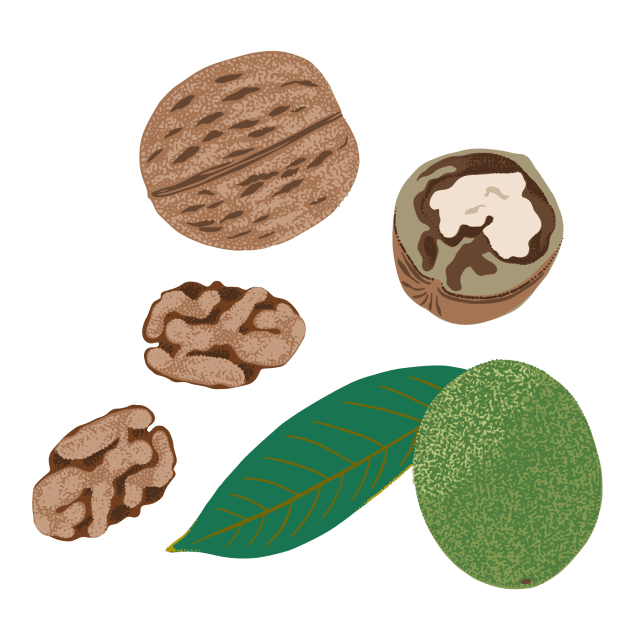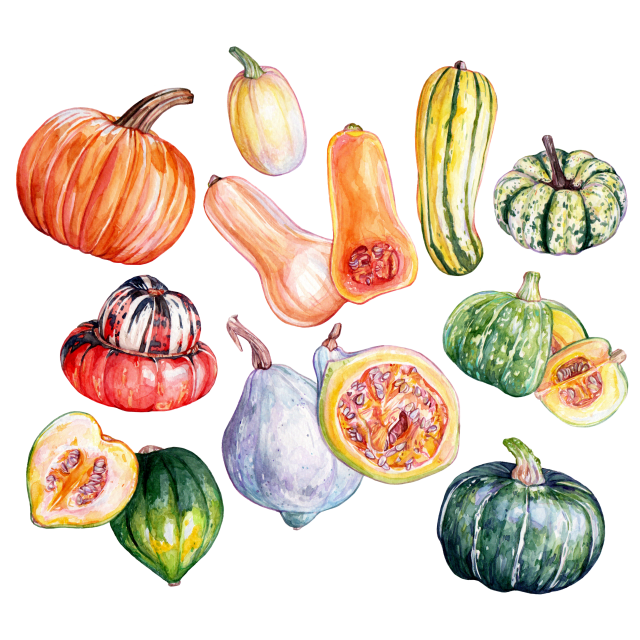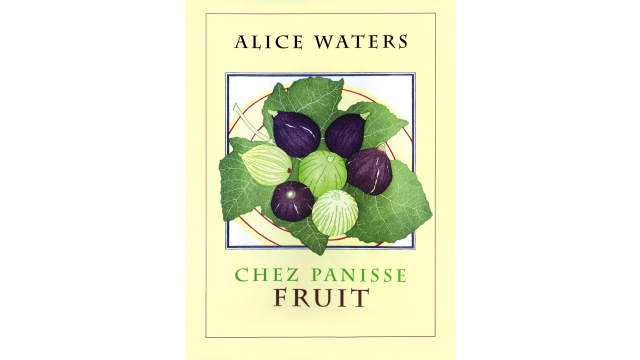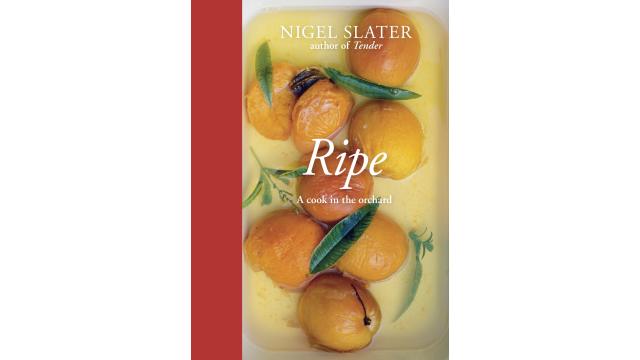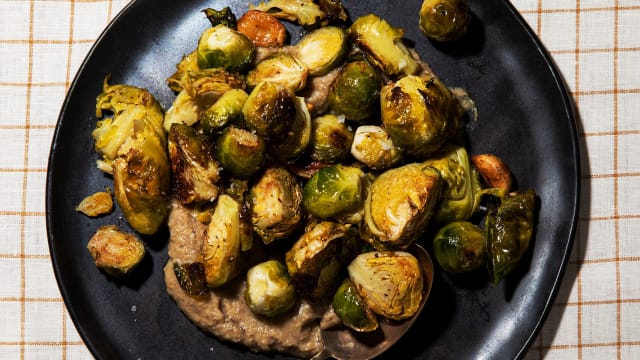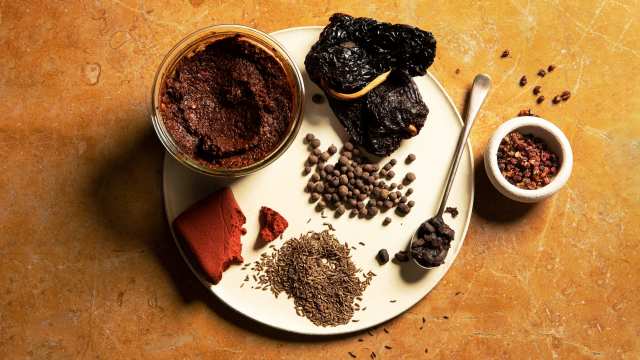Pear
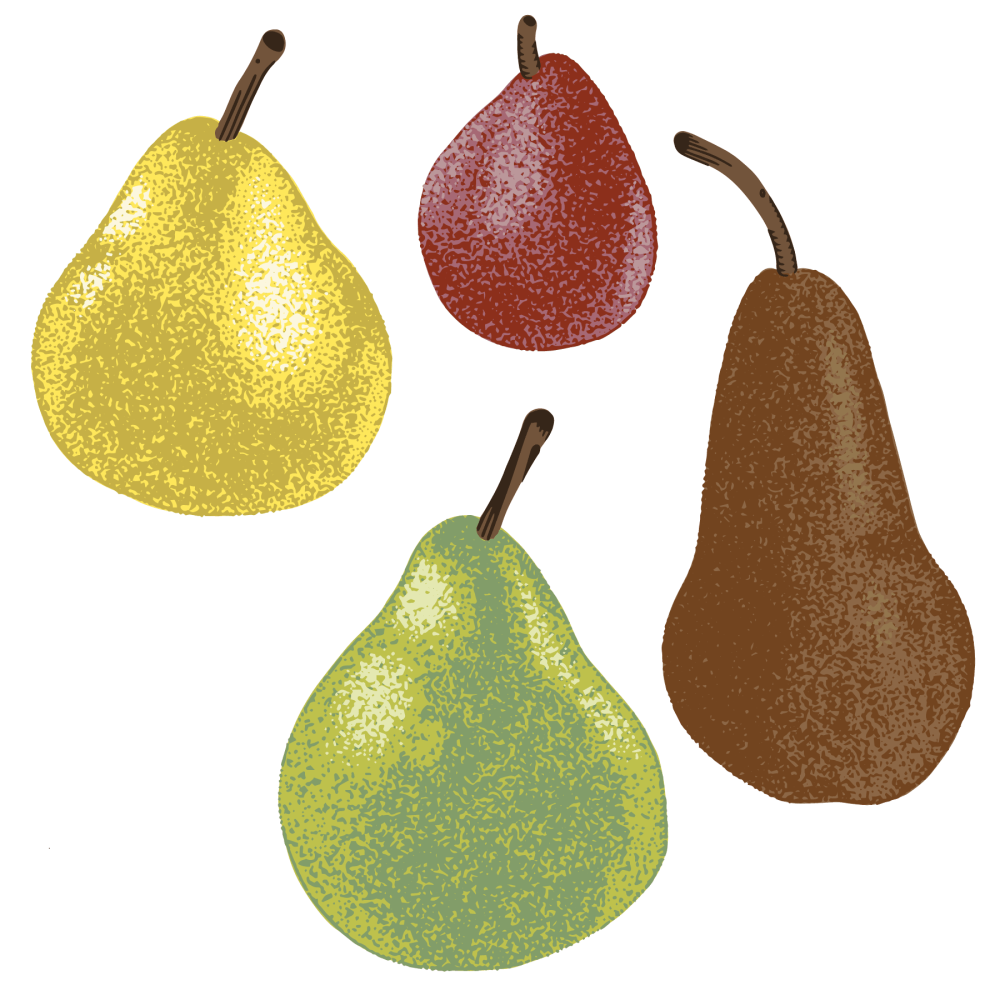
Latin name: Pyrus spp.
Uses: fruit, juice, alcohol
What are pears?
Pears are a fruit with thousands of varieties, ranging in size from the toylike Forelle to the Korean Giant with fruit as large as a baby’s head, though we tend to only see a few varieties in stores. To say that something has “gone pear-shaped” might portend failure, but ask anyone: a perfectly ripe pear is a triumph.
Why are pears healthy?
Like many fruits and vegetables, most of pears’ phytonutrients and antioxidants are in the skin — so enjoy pears with skin on. They are a great source of vitamins C and K, potassium, soluble fiber, and pectin; these last two are superb for digestive health. Pears can also help manage diabetes, support heart health, and protect bones from early degeneration.
What do pears taste like?
It’s no wonder that everything from jellybeans to body lotion has tried to approximate a ripe pear. The thin skin has a slight bitterness that gives way to juicy flesh, sweet and slightly acidic with an aroma that’s uniquely (for lack of better descriptor) pear-like.
The flavor of pears comes from an organic chemical called ethyl decadienoate (pear ester), which provides a fruity, slightly rose-almond fragrance. Though slightly different in taste, Asian pears stay apple-crisp even when fully ripe but are still just as juicy, sweet, and fragrant as their European counterparts.
How do I use pears?
When perfectly ripe, just eat them out of hand. Europeans often use pears in pastry, like galettes, tarts, and Danish. Pears can be a bit watery for pie because they release a lot of juice when baked. But you can avoid this problem by using them in open-faced pastries or in an old-fashioned brown betty or crisp. Poach pears in mulled wine (or saffron-spiked white wine honey syrup) and serve with vanilla mascarpone.
What do pears pair well with?
If you ask someone in the Pacific Northwest their favorite way to eat pears, they’ll probably mention blue cheese and walnuts. This is a fairly French way to enjoy them, too; sliced pears are a dream on a cheese plate or an arugula salad. Pears also love ginger and pepper.
Add julienned Asian pears and cucumbers to cold noodle dishes like bibim guksu for a crispy-sweet contrast to the chewy noodles and spicy sauce. Asian pear is a traditional ingredient in kimchi — mix the puree with the chile slurry for baechu kimchi or use sliced Asian pear for a water (summer) kimchi. Pear juice is fermented into perry (the pear equivalent of hard cider) and also distilled into brandies.
Where do pears grow?
Pears are thought to have originated in Western China but they’ve been part of the European and British diet since prehistoric times. China still dominates world pear production, and Washington State grows the majority of the American crop.
How to buy pears:
Look for fruit that's aromatic and yields to gentle pressure. Hard, unripe pears will ripen after a few days in your fruit bowl; to accelerate the process put them in a paper bag with an apple).
Fun pear fact:
One traditional style of pear brandy (eau de vie, or “water of life” in French) is known as Poire Prisonnière (“imprisoned pear”). Before bottling, the bottle is attached directly to pear tree branches after blooming; the fruit matures and ripens right inside the bottle.
